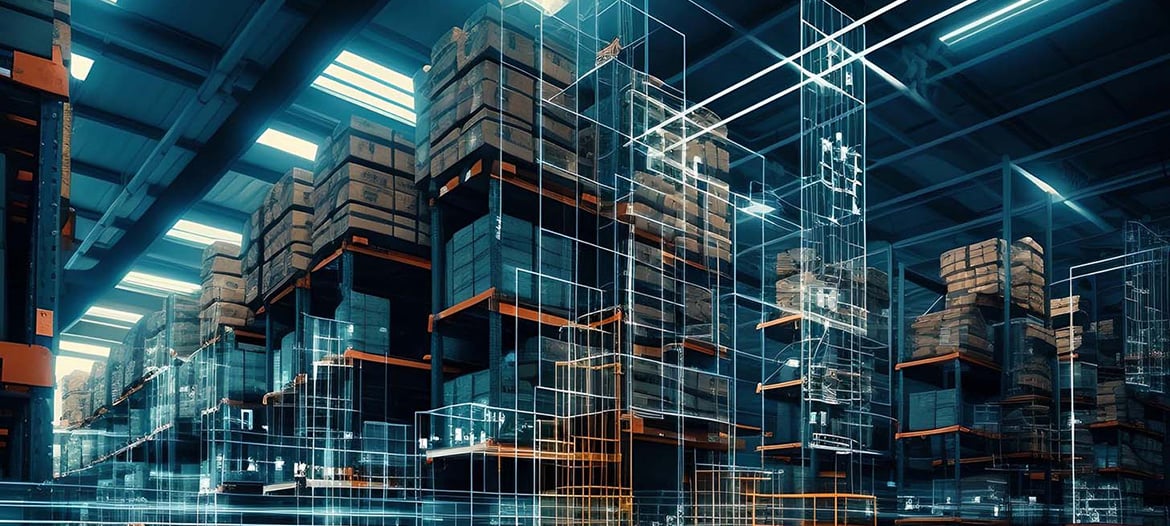7 Sure Fire Ways to Know You Need a New Temperature Monitoring Program
Technology adoption is not easy and takes resources. However, sometimes it’s just time to say NOW. For example, when…
-
You are answering auditor’s questions wading through spreadsheets
«Show me your lane performance data for Cairo to Singapore from August 2009 to August 2016», says Mr. Regulator. Yikes. If you have more than a couple thousand shipments a year, it’s time to consider a central repository. Having all temperature and shipment data in one database offers great advantages. This way you can confidently (and quickly) pull the data together to answer the auditor’s question. Also you can start running cost-saving analytics on lanes and performance of couriers. Read here how Lundbeck and Novo Nordisk are using their temperature data to improve supply chain processes. -
Shipment data isn’t connected to the logger
Working with disparate sources of data can prevent full use of your data for analytics. If your CMOs and other partners are putting temperature data into your database or repository, are they doing it so that you can identify and use it? -
Desktop applications are causing headaches
Perhaps the hype about cloud is true. Let’s think about it. PC installations require configuration, software to validate, passwords and more. Java may not work on every machine, and how often is Java going to have updates? Worse yet, what if your third party, subsidiary or receiving sites have IT loopholes to install or update anything on their computers. Yikes, where does it end? Cloud. -
Your data loggers don’t have built in security features to protect your data
Unplanned occurrences happen in the supply chain all the time. And human error. Things like logger stopped too soon mid transit; receiving site forgets to stop the logger; or wrong information or profile was programmed onto the logger. It’s important to have data loggers that proactively prevent human errors like these. For example, if a shipment was stopped too soon, find a data logger that continues to log in the background until connected to a computer. If the wrong profile was programmed, use free software like elproVIEWER to apply the correct profile and release your shipment. -
Healthcare staff at clinical sites are losing data and loggers (and your sanity is going out the window)
Let’s face it. Healthcare staff turns over often. It may not be their priority to open shipments correctly. Training can help educate them the vital importance of temperature handling for most medicines that they receive today. But – what else? By making your monitoring simpler, you can reduce human error. Look for temperature monitoring that doesn’t require software or hardware to use (simplify!). Devices like LIBERO Cx have embedded drivers, eliminating need for software installations and IT. -
Raw data is missing, making 21 CFR and Data Integrity compliance a concern
Your temperature monitoring reports are a big deal. It’s your ‘go to’ for auditors questions. But what if you cannot pull your reports, or run reports easily via your database? Make sure your monitoring system has a compliant report type, such as PDF/A. But don’t be fooled – all reports are not created equal. PDF/A is a unique format with raw data embedded into 1 page file. To be compliant, you need to have an accurate, time-stamped audit trail of each temperature controlled shipment. Read here and learn more about global Data Integrity Regulatory Guidance.If you’re monitoring provider cannot definitively say they are 21 CFR compliant, be concerned.
-
You have a new product with a new profile; current data loggers don’t work
Big red flag. Today, it’s entirely possible to have one type of data logger that suits all temperature ranges from cryo to CRT. If you have to validate different loggers for different profiles and products; your job will never be done.If any of these 7 things are occurring in your temperature monitoring program, it’s time to take stock and evaluate your end to end processes and newer temperature monitoring technology. Read the peer-reviewed article Transitioning to the Modern World of Global Data Monitoring and Analysis.
Watch here ELPRO's Temperature Monitoring Solution for Products in Transit - the LIBERO Cloud Solution:








Leave a Comment